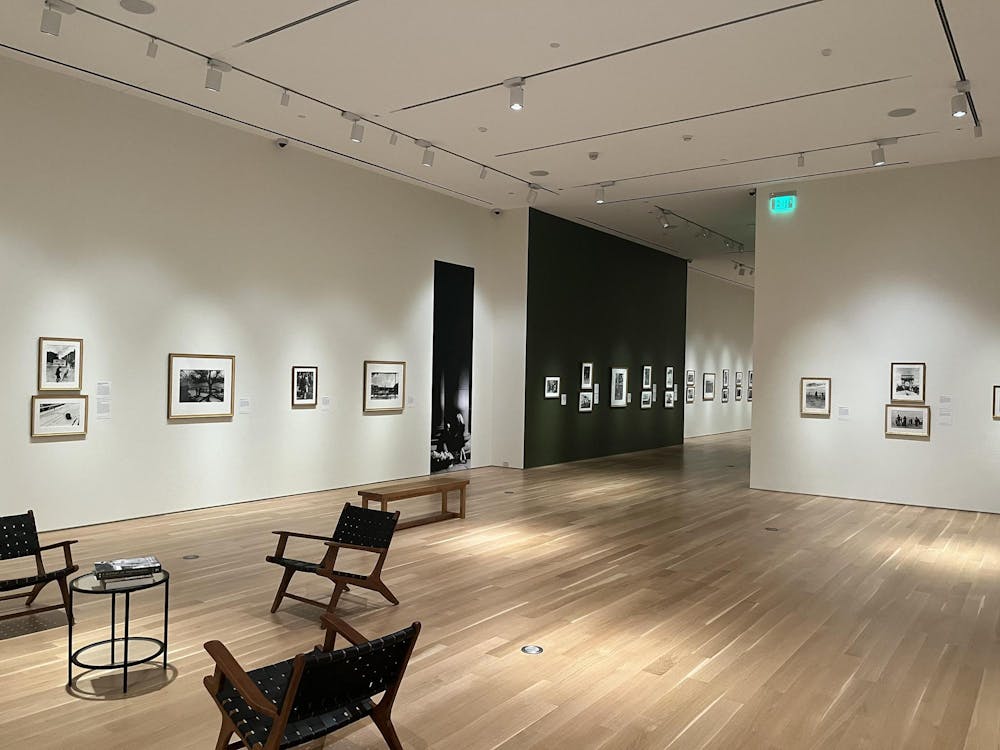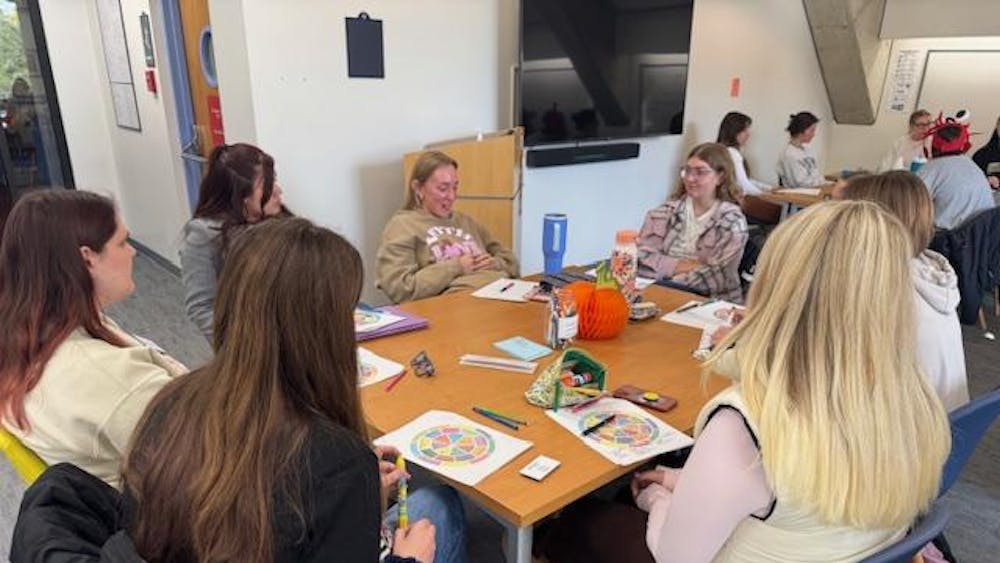The Raclin Murphy Museum of Art debuted the temporary exhibition “Through the Lens of Father Francis Browne, S.J.: Photographic Adventures of an Irish Priest” on Aug. 27.
This is the museum's second temporary exhibition, following “Equal Forces: The Sculpture and Photography of Kenneth Snelson” which was on display from March 19 to July 7. The Fr. Francis Browne exhibition will be on display until Dec. 1.
Fr. Browne’s photographs offer a view into the world of the Titanic, World War I and early-republic Ireland.
David Acton, the museum's curator of photographs, pieced together one hundred photos taken by Fr. Browne for the exhibit after examining thousands of negatives, curating what he described as images that “really represent Irish culture.”
Fr. Browne was thrust into the spotlight following the sinking of the Titanic, for he captured some of the only photos taken of the vessel before it was destroyed.
Embarking on the first stretch of the Titanic’s maiden voyage, Fr. Browne channeled his passion for steamships into photography, documenting daily life aboard the ship and capturing iconic photographs of the once-thought “unsinkable” vessel. These images have gone on to inspire scenes in the film “Titanic” and have graced the pages of books and newspapers.
“When they were making the movie ‘Titanic,’ they studied Fr. Browne’s photographs,” Acton said.
Beyond the rare photographs of the Titanic, the exhibition also features photographs from the frontlines of World War I. Acton noted that photographers of the time were often limited in what they could document due to fear of espionage.
“[Browne] was … so well respected and above reproach,” Acton said. “He was allowed to keep his camera.”
Melissa Manier, a South Bend resident, found the collection “very moving” and “astonishing” to view not only the photographs of the Titanic but also the scenes of battle which Browne captured during World War I.
Acton also termed Fr. Browne a “city kid.”
“He didn’t know Ireland, so it was all new to him,” Acton said. “So he explored the whole country with his camera at a point where pretty much nobody else was doing it.”
The museum’s collection, Acton said, also demonstrates Fr. Browne’s “really interesting sense of humor,” featuring spontaneous photographs, such as photos of a goat with an infant, young boys with rifles and a photo taken through a mirror during one of Browne's haircuts.
The Raclin Murphy Museum of Art purchased the prints of many of Browne’s photographs, making them a permanent fixture of the museum’s collection.
According to a press release from the museum released in late July, the exhibition benefited from “a $2.5 million grant from Lilly Endowment Inc. to enable the museum to continue to deepen engagement and scholarship on religion, spirituality and faith.”
Acton expanded on the finances of the exhibition.
“Part of the grant was used to pay for the organization of the show,” Acton said.
Acton encouraged students to view the exhibition, whether for academic purposes or for personal enjoyment.
“It’s interesting, it’s beautiful, it’s historical and it’s quirky,” Acton said.
Edwin Davison, a leading expert in Fr. Browne’s work, will give a lecture titled “Rediscovering Father Browne” on Sept. 25 at 5:30 p.m. in the museum's Atrium. The Irish archivist and photography conservator will recount his father's discovery of Fr. Browne's 42,000 negatives, as well as their shared experience in restoring them.










